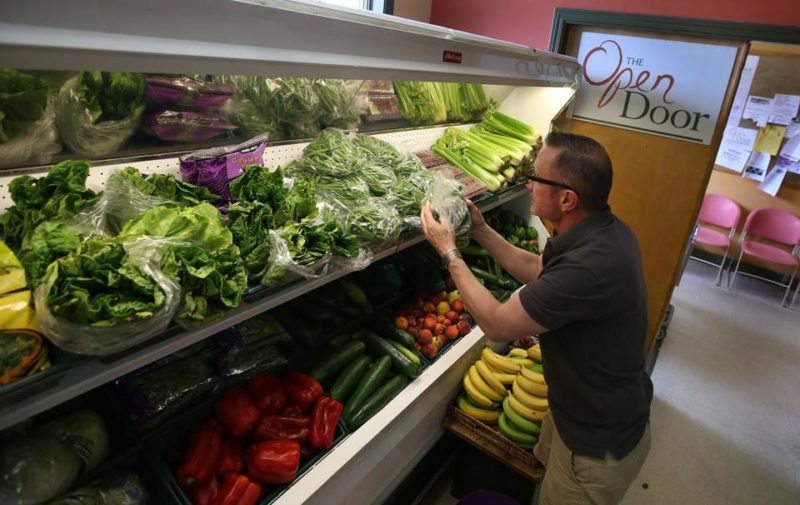
Share On Social!
This is part of our Food and Latino Kids: A Research Review »
Conclusions
A large portion of U.S. families lack access to healthy, affordable foods in their neighborhoods.
Lack of access is especially prevalent in low-income communities, including Latino communities.
In these neighborhoods, convenience stores and fast-food restaurants are widespread, but there is a scarcity of supermarkets and farmers’ markets that can provide fresh and healthy food options.
- Healthy food financing initiatives are relatively recent, but promising at increasing the availability of healthy foods in low-income neighborhoods. These initiatives involve children and adults and are spread across highly diverse localities with different environments, social characteristics, and obesity rates. There is still insufficient evidence to determine the extent to which greater access to healthy foods in underserved communities reduces obesity and improves health outcomes.
- Access to, and purchases of, affordable healthy foods tends to improve when supermarkets or farmers’ markets are introduced or when healthy food offerings in corner stores are expanded and promoted in Latino and underserved communities; these initiatives may also improve the diets of these consumers.
- Purchases of healthy food appear to increase when financial subsidies reduce the costs of healthy foods for underserved consumers. Evidence to date suggests that these interventions also help expand the number of retailers located in underserved communities.
- When the operational and technological capacity of farmers’ markets is expanded to accept WIC or SNAP vouchers, the purchases of fresh fruits and vegetables increase among underserved communities.
- Extensive marketing of unhealthy foods and beverages to children and youth, especially Spanish-speaking youth, increases demand for and consumption of these foods. Industry self-regulation of marketing to children has not been effective at reducing promotion of unhealthy foods thus far.
Policy Implications
While the evidence about policies and practices that encourage the consumption of healthy foods and beverages is limited, several recommendations to local, state, and federal governments can be made based on the best evidence currently available:
- Encourage more supermarkets, farmers’ markets or other sources of affordable healthy foods to operate in underserved communities through zoning, land-use planning, and community development efforts.
- Provide incentives for programs to increase the number of supermarkets or farmers’ markets in underserved populations or expand healthy food offerings in corner stores. Legal, technical and financial support should be provided. The incentives can be grants or loans, tax credits, refrigeration for fresh fruits and vegetables, free publicity and marketing advice, or linkages to wholesale distributors.
- Continue, through the national Healthy Food Financing Initiative, to ensure consistent funding streams to the state and local level for sustained, increased access to healthy foods.
- Give vendors at farmer’s markets financial and logistical support, including reimbursement for wireless or electronic technologies to enable them to accept EBT purchases. This will increase the share of farmers’ markets that serve underserved populations nationwide.
- Provide financial incentives, such as coupons for healthy foods, to WIC or SNAP participants to encourage and enable greater purchases of them.
- Regulate marketing of unhealthy foods in media and within schools, public buildings, stores, restaurants, and outdoor advertising.
More from our Food and Latino Kids: A Research Review »
- Introduction & Methods
- Key Research Finding: Access to healthy food
- Key Research Finding: Supermarkets
- Key Research Finding: Farmers Markets
- Key Research Finding: WIC and SNAP
- Key Research Finding: Corner stores
- Key Research Finding: Marketing of unhealthy food
- Policy Implications (this section)
- Future Research Needs
References for this section »
None
By The Numbers
1
Supermarket
for every Latino neighborhood, compared to 3 for every non-Latino neighborhood



